A Foodie's Guide to Copenhagen: Where Locals Actually Eat
Skip the tourist traps and eat like a true Copenhagener. Our comprehensive guide reveals the city's most authentic restaurants, street food spots, and traditional Danish eateries beloved by locals.
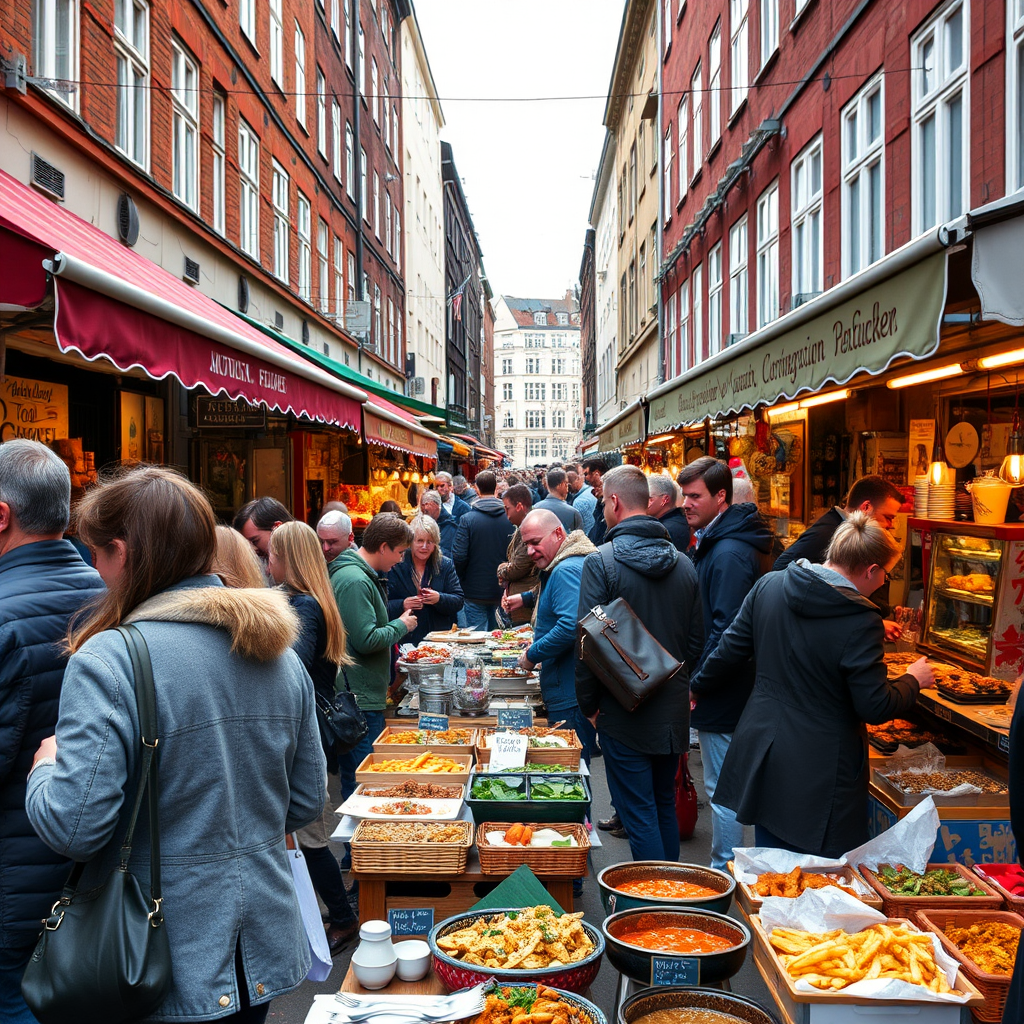
The Real Copenhagen Food Scene
Copenhagen's culinary landscape extends far beyond the Michelin-starred establishments that dominate travel guides. The city's true gastronomic soul lies in its neighborhood bistros, family-run bakeries, and bustling food markets where locals gather daily. Understanding where Copenhageners actually dine requires looking beyond the glossy restaurant reviews and diving into the authentic food culture that defines this Nordic capital.
From the early morning rush at traditional konditorier to late-night smørrebrød spots, Copenhagen's food scene operates on rhythms that tourists rarely witness. Local eating habits reflect Denmark's emphasis on quality ingredients, seasonal produce, and communal dining experiences that prioritize conversation and connection over Instagram-worthy presentations.
Traditional Danish Eateries Locals Love
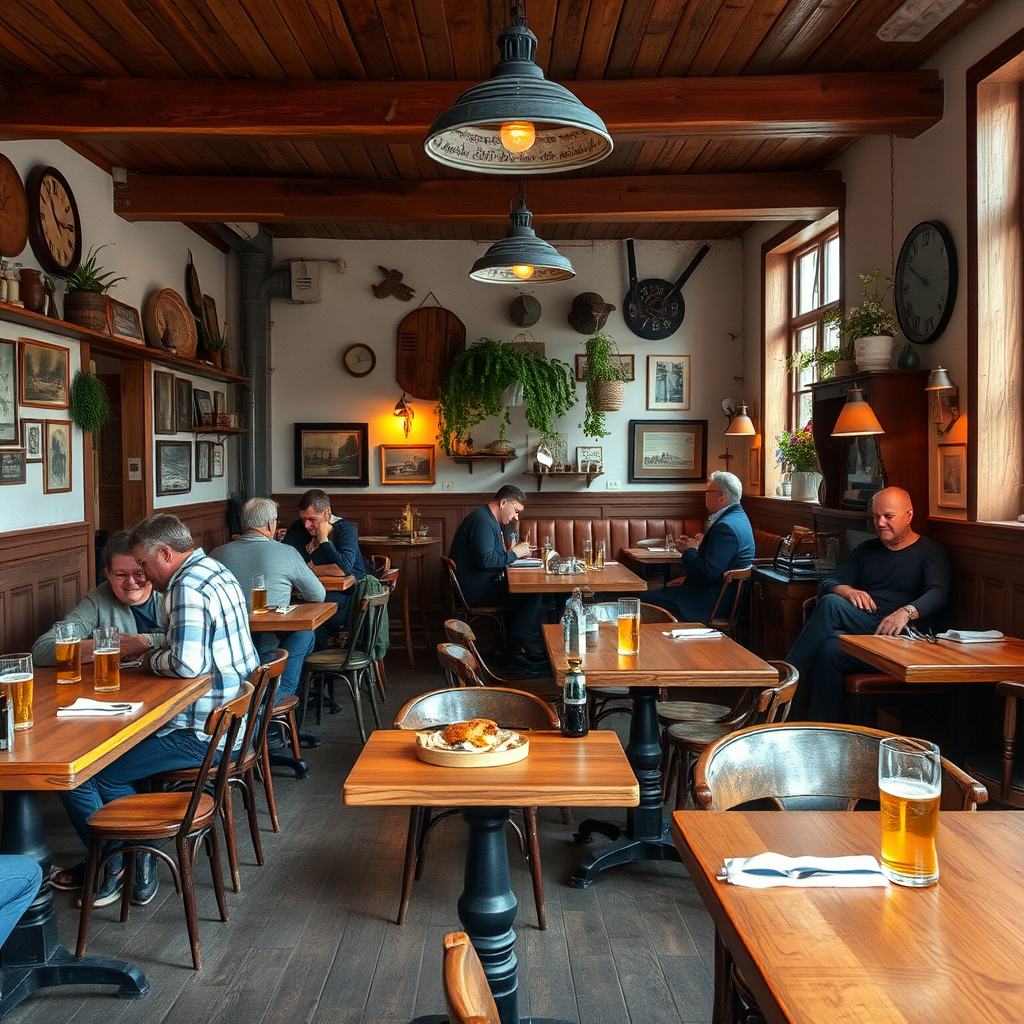
Schønnemann: The Smørrebrød Institution
Operating since 1877, Schønnemann represents Copenhagen's most authentic smørrebrød experience. Located in the heart of the city, this establishment serves over 100 varieties of open-faced sandwiches using recipes passed down through generations. Locals particularly recommend the roast beef with remoulade and the pickled herring variations.
Café Norden: Where Copenhageners Meet
This bustling café on Østergade serves as an unofficial meeting point for locals throughout the day. Their Danish pastries arrive fresh each morning, and the lunch menu features seasonal ingredients sourced from Zealand farms. The atmosphere buzzes with Danish conversations, making it perfect for experiencing authentic Copenhagen social culture.
Restaurant Kronborg: Hidden Neighborhood Gem
Tucked away in Østerbro, this family-owned restaurant has served traditional Danish cuisine for over four decades. Their frikadeller and stegt flæsk represent Copenhagen comfort food at its finest. Reservations are essential, as locals book weeks in advance for weekend dinners.
Street Food Spots Copenhageners Frequent
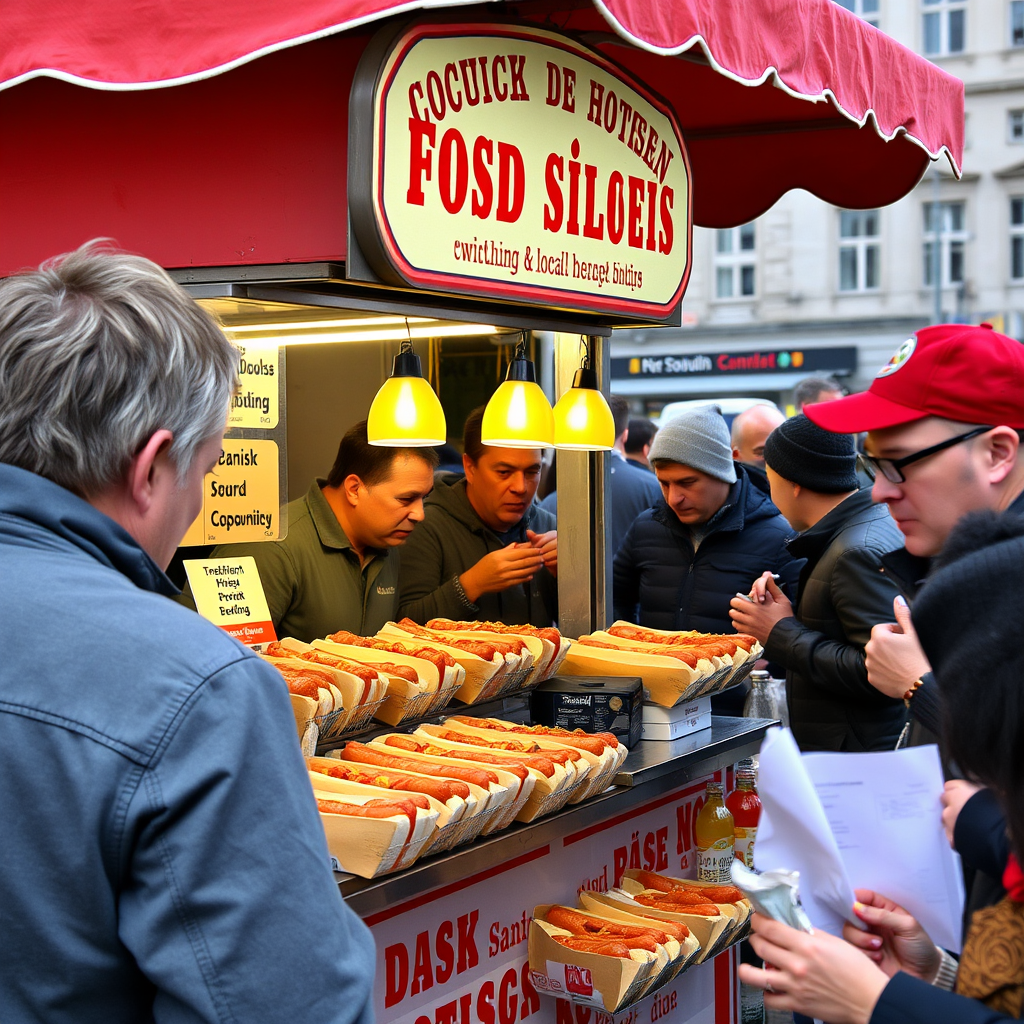
Pølsevogn Culture
Copenhagen's hot dog stands, known as pølsevogn, represent the city's most democratic dining experience. These red wagons serve Danish sausages with unique toppings like remoulade, crispy onions, and pickles. The stand at Kongens Nytorv has operated for over 30 years and maintains a loyal local following.
Torvehallerne Market: Local Food Paradise
While tourists flock to Torvehallerne, locals know the best times to visit and which stalls offer authentic experiences. Early morning visits reveal Copenhageners selecting fresh produce, artisanal cheeses, and specialty Nordic ingredients. The coffee roasters and organic bakeries attract neighborhood regulars who appreciate quality over convenience.
Reffen Street Food Market
Located on Refshaleøen, this sustainable street food market showcases Copenhagen's innovative food scene. Local entrepreneurs serve everything from Nordic fusion tacos to traditional Danish comfort food with modern twists. The waterfront location and community atmosphere make it a favorite weekend destination for Copenhagen families.
Neighborhood Bakeries and Cafés
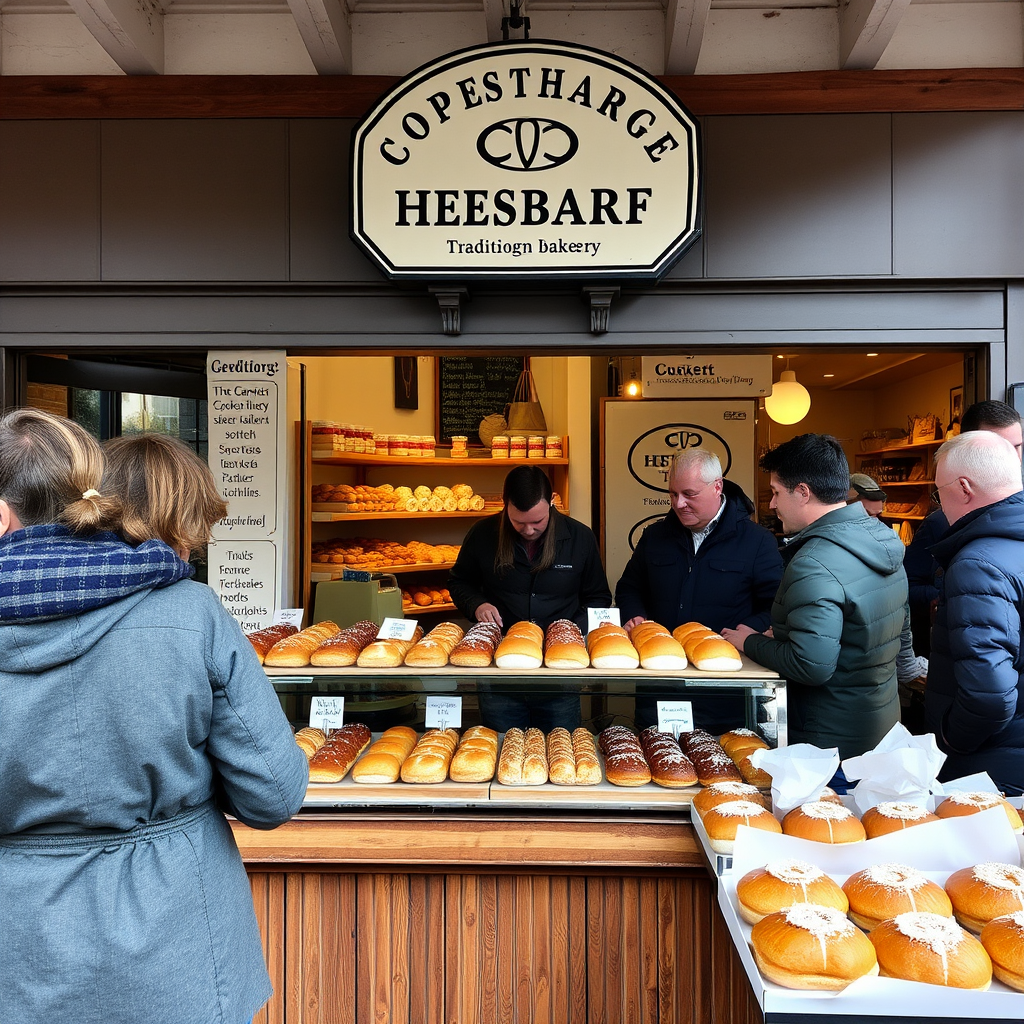
Lagkagehuset: The Local Chain That Matters
Unlike international chains, Lagkagehuset represents Danish baking traditions adapted for modern Copenhagen life. Their kanelsnegle (cinnamon rolls) and seasonal pastries use traditional recipes with contemporary presentation. Locals appreciate the consistent quality and the company's commitment to Danish baking heritage.
Meyers Bageri: Artisanal Excellence
Founded by renowned chef Claus Meyer, these bakeries elevate traditional Danish baking with organic ingredients and innovative techniques. The sourdough bread and seasonal pastries attract discerning locals who value craftsmanship and sustainability in their daily bread purchases.
Seasonal Eating Like a Local
Spring and Summer: Outdoor Dining Culture
Copenhagen transforms during warmer months as locals embrace outdoor dining with unprecedented enthusiasm. Sidewalk cafés extend into streets, and parks fill with picnicking families. Local favorites include the organic markets in Frederiksberg Have and the seasonal restaurants along the harbor that serve fresh seafood from Danish waters.
Autumn and Winter: Hygge Dining
As temperatures drop, Copenhageners retreat to cozy restaurants that embody hygge principles. Candlelit bistros serve hearty stews, root vegetables, and warming spices. Traditional dishes like æbleflæsk (pork with apples) and various preparations of seasonal game become menu staples at neighborhood establishments.
Local Dining Etiquette and Customs
Understanding Copenhagen dining culture enhances any food experience in the city. Locals typically dine earlier than many international visitors expect, with lunch occurring between 11:30 AM and 1:00 PM, and dinner service beginning around 5:30 PM. Reservations are highly recommended, especially for weekend dining, as Copenhageners plan their meals well in advance.
Tipping practices differ from American standards, with service charges typically included in menu prices. However, rounding up the bill or leaving small change demonstrates appreciation for exceptional service. Most importantly, Copenhagen's dining culture emphasizes conversation and connection, so rushing through meals contradicts local customs.
Budget-Friendly Local Favorites
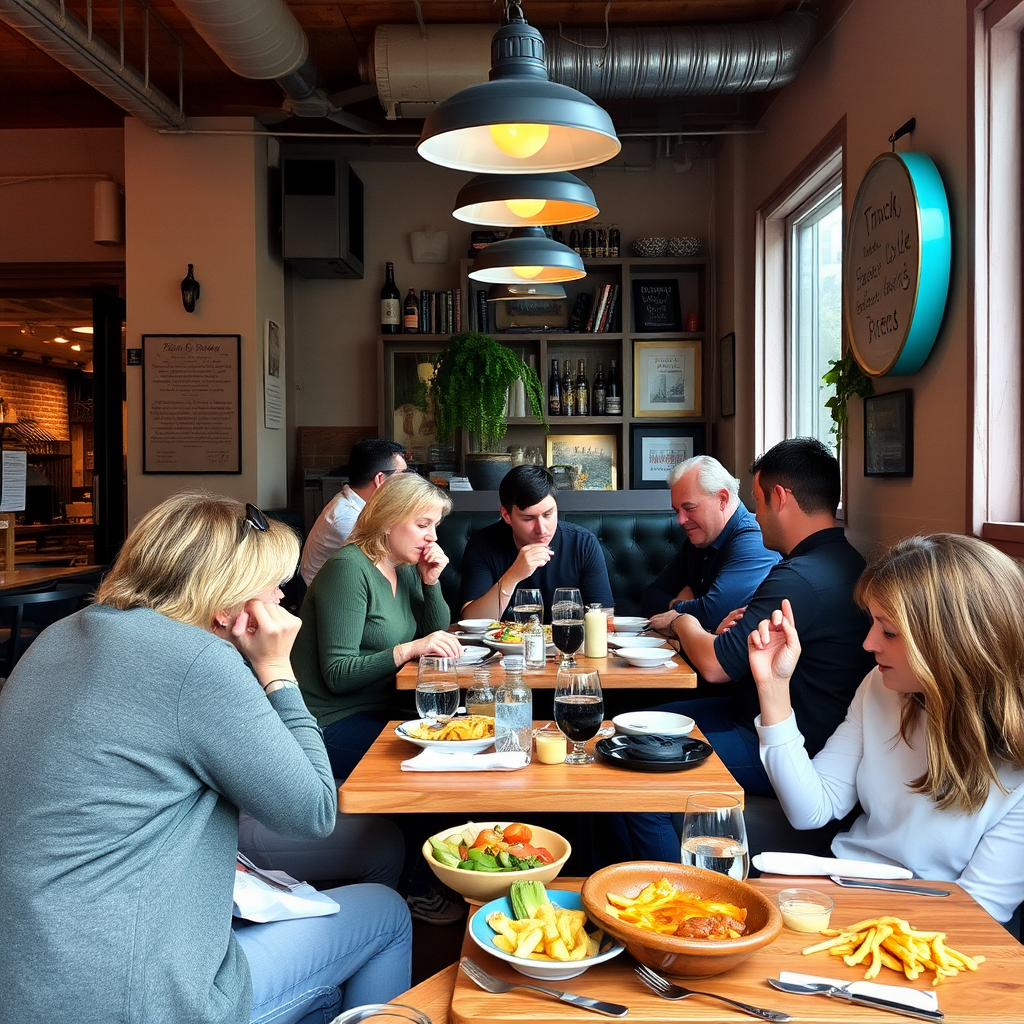
Copenhagen's reputation for expensive dining doesn't reflect the full picture of local eating habits. Neighborhood pizzerias, ethnic restaurants in Nørrebro, and lunch specials at traditional restaurants offer authentic experiences without premium prices. Many locals frequent the city's growing number of Vietnamese, Turkish, and Middle Eastern establishments that provide excellent value and authentic flavors.
Student areas around the University of Copenhagen feature numerous affordable eateries that serve quality food to budget-conscious locals. These establishments often offer daily specials and lunch combinations that provide substantial meals at reasonable prices while maintaining the quality standards Copenhagen residents expect.
Discovering Your Own Local Spots
The best way to eat like a Copenhagener involves observing local patterns and following neighborhood rhythms. Notice where locals queue for lunch, which cafés fill with Danish conversations, and where families gather for weekend meals. Copenhagen's compact size makes it easy to explore different neighborhoods and discover the establishments that define each area's character.
Engaging with local food culture requires patience and curiosity rather than rigid itineraries. Allow time for spontaneous discoveries, seasonal variations, and the social aspects of Danish dining that make Copenhagen's food scene so distinctive. The city's culinary authenticity reveals itself to those willing to step beyond tourist-focused recommendations and embrace the rhythms of local life.